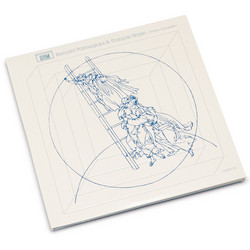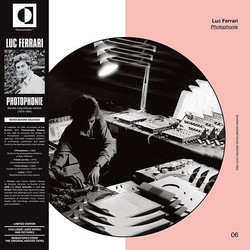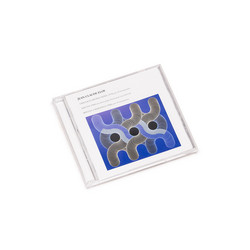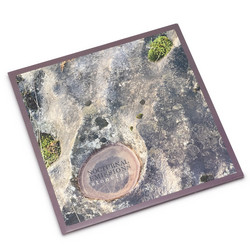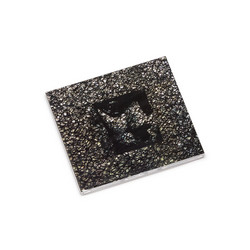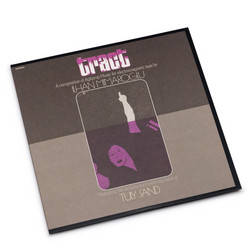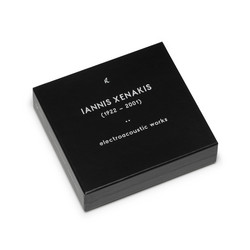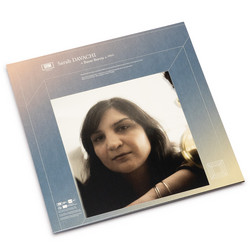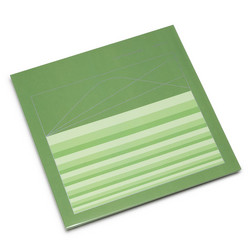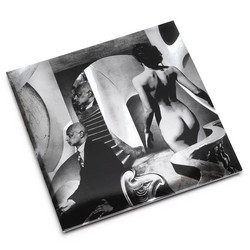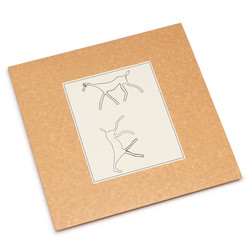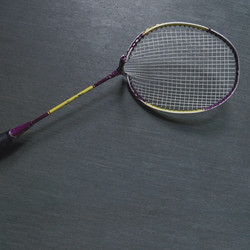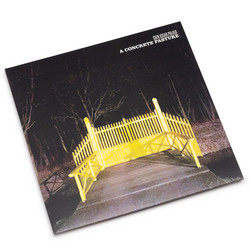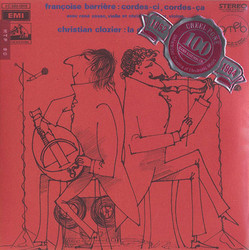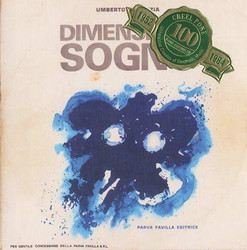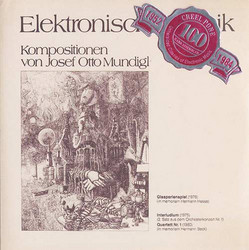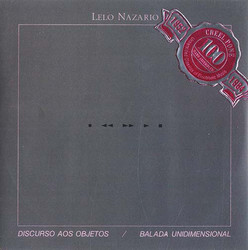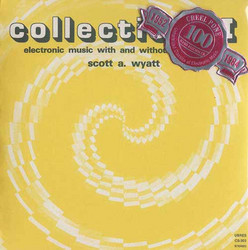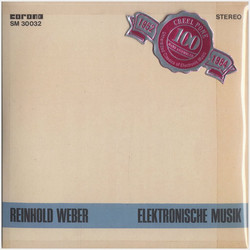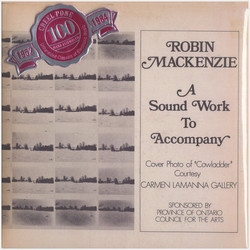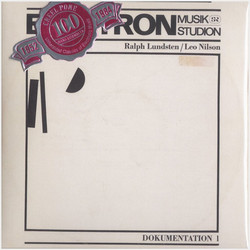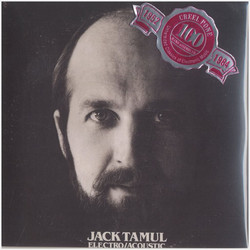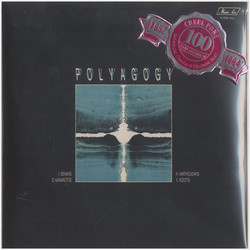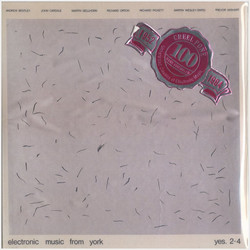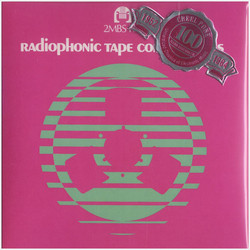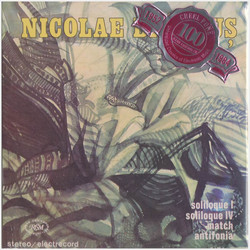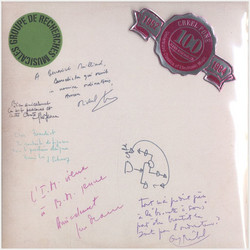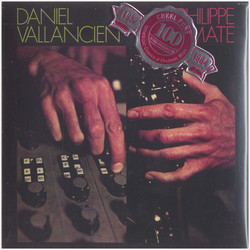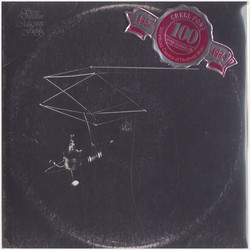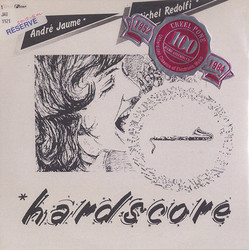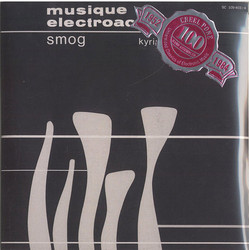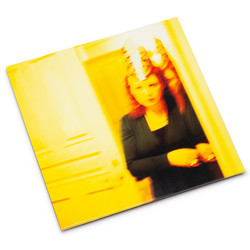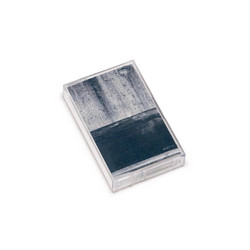Paul Boisselet
Le Robot, Symphonie Rouge, Symphonie Jaune
2018 edition. As I understand it, in the short history of Creel Pone thus far, there have been a few candidates for replication that were refused simply on the grounds that the music within fell outside of the “Core” EAI - or "Era of Interest" - represented by the series: 1948 - 1981; those dates on the foil-seal. Why these specific dates, you ask? Well, on October 5th, 1948, the ORTF broadcast Pierre Schaeffer’s “Cinq Etudes de Bruits,” hailed by many as the birth-date of Musique Concrète and subsequently Electronic Music composition a we know it. Explaining the “Cutoff” of 1981 is a bit trickier as it involves some amount of aesthetic reasoning on Mr. P.C. C.P.’s part; let’s just say that 1981 is exactly half-way between the launch of the Fairlight CMI (1979) and the Yamaha DX7 (1983) - both synonymous with the onset of the “Digital” era - and move on. But oh how the history-books need to be re-written; here we have possibly the first ever piece of music composed specifically for Tape Recorder and/or manipulation of said: “Symphonie Rouge”, realized in 1947 for the LP record being reproduced here.
“Symphonie Rouge” at first sounds like a Bartok-esque exercise in film-scoring, but slowly the piece begins to devolve with some heavy-stereo panning & Ondes-Martenot soloing - courtesy of era virtuoso Yvonne Loriod - with occasional interjections of scraping, metallic sounds, sirens, wind-noises - not unlike the ones heard in early radio-dramas - soldiers marching, etc. This gets impressively noisy when the Timpani & crowd-marching sound-effects start overloading the recording; there’s a point in the middle of the piece where the Bassoons creep in and a terrifying wave of disembodied echo-chamber voices crowd the sound-field before a stretch of positively weird glopping water/tube noises take over that - well, It’s one of the most “Advanced” bits of Cinema Pour l’Oreille I’ve ever heard, remarkable given the timing at play & the fact that the lexicon of said was far from being codified, let along written.
“Symphonie Jaune” continues with the same themes, instrumentation, & techniques, but now added to the stew are “Sound-Sculpture” instruments from the Baschet brothers; “Piano de Cristal, Tubes Graves, Métallophones, Xylospécial” - as far as I can tell this is the first recorded use of said! The piece starts out with a long bit of prepared piano scraping before launching into a series of studies involving “Sampled” ethnic recordings. The second part features some seriously high-pitched metal - prob. the Baschet instruments - with some quick jump-cut-edits to instrumental drones and weird, over-modulated low-end percussion & Theremin / Ondes zaps & tape-echo; for me the highlight of the whole record. Finally the 3rd section starts with some woozy / distorted Theremin before a low drone of winds / brass takes over as another of manipulated / electronic noises flesh it out.
Aside from the historical precedents this record presents, it's just one those records that keeps getting better and better: a crucial document of Early Electronic music, but also a damn fine voyage into the head-space of a mid-century genius-savant; vital.
This 2017 re-edition includes, on one handy disc, the companion piece to “Symphone Jaune • Symphonie Rouge” - Paul Boisselet’s masterful 1965 suite “Le Robot.” Aside from having inarguably the best record cover of all time, this is one hell of a rare title, originally issued by the Societe Francaise de Productions Phonographigues - the same imprint that issued the aforementioned Boisselet LP, along with the original edition of Jacques Lejeune’s “Blanche Neige” suite & Richard Tinti & Ariel Kalma's "Osmose" - a Musique Concrète Holy Grail if ever there were one.
Much like “Jaune / Rouge” this is a mix of futurism-inspired chamber-ensemble writing, Concrète noises - love the demonic cackling at the end of the piece - and garbled tape-speed morass that pushes all of the perfunctory buttons, perching atop the Creel Pone series as one of the lynch-pin titles. Despite the compositional chronology, this edition presents the earlier physical SFP release of "Le Robot" (30.006) first, then "Symphonie Rouge b/w Symphonie Jaune" (30.007) second.
![sans titre troisième partie [toujours venir aux mêmes endroits]](https://cdn.soundohm.com/data/products/2025-12/MzUtNDA5Mi5qcGVn.250.jpg)
